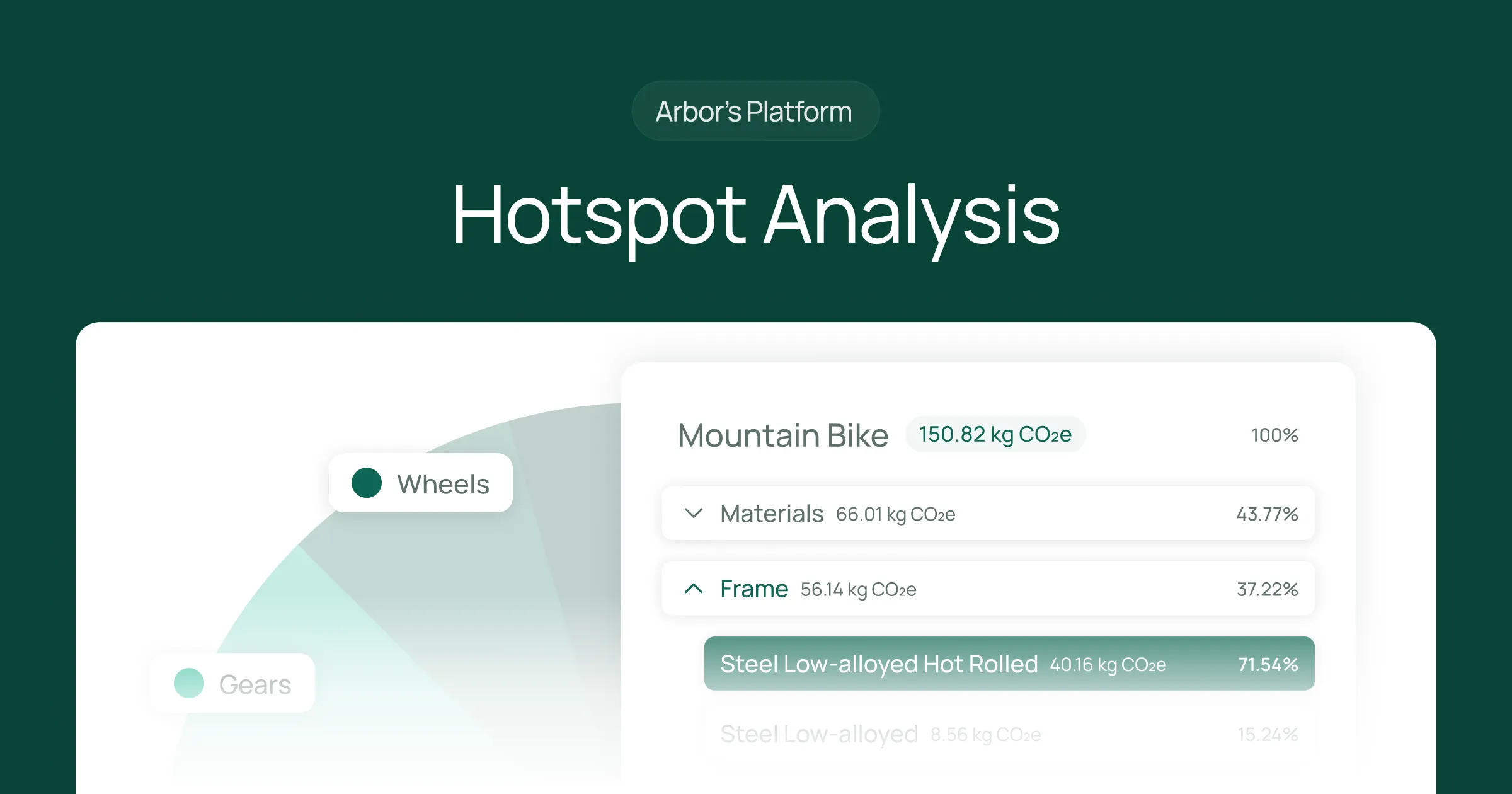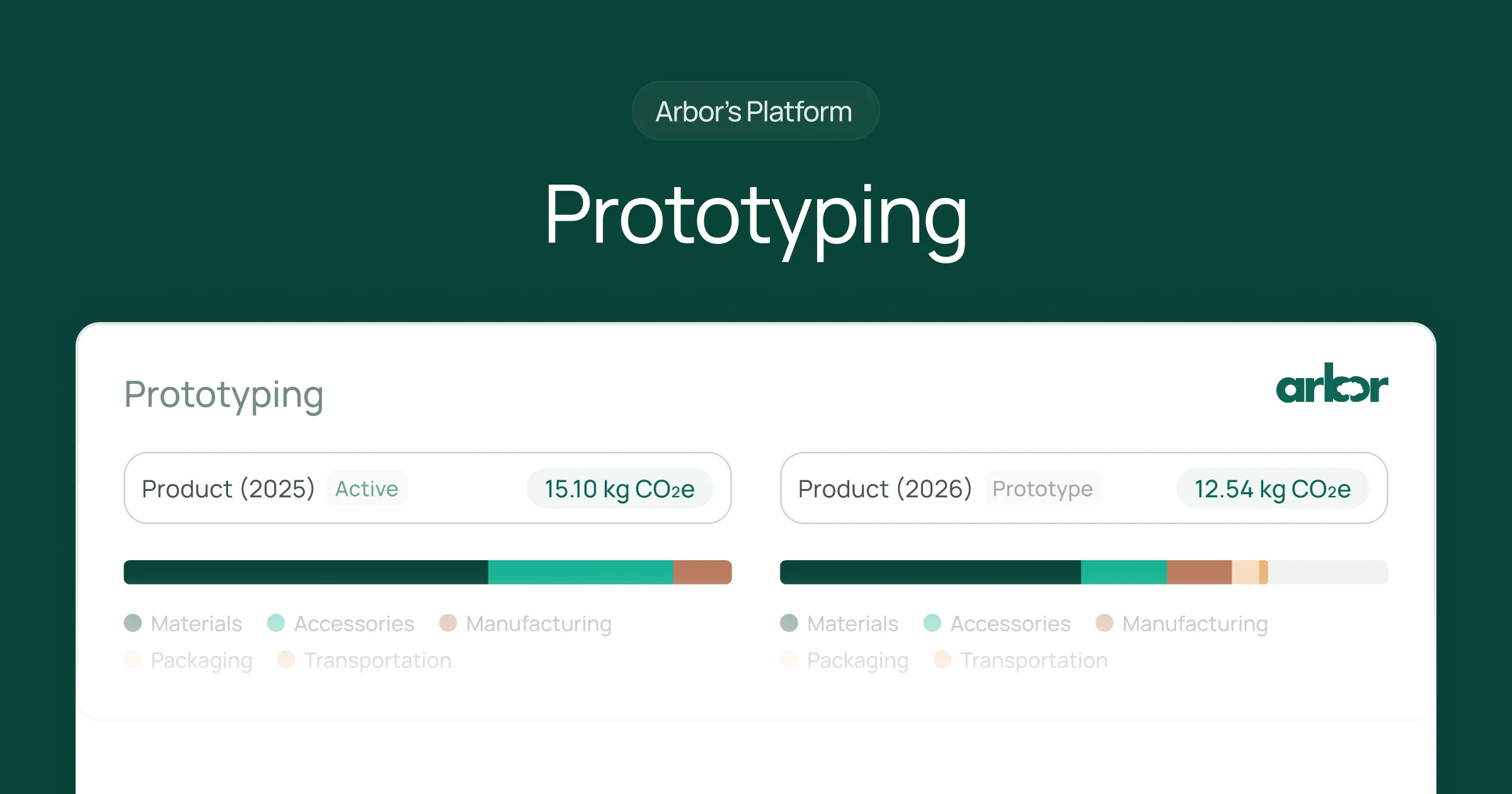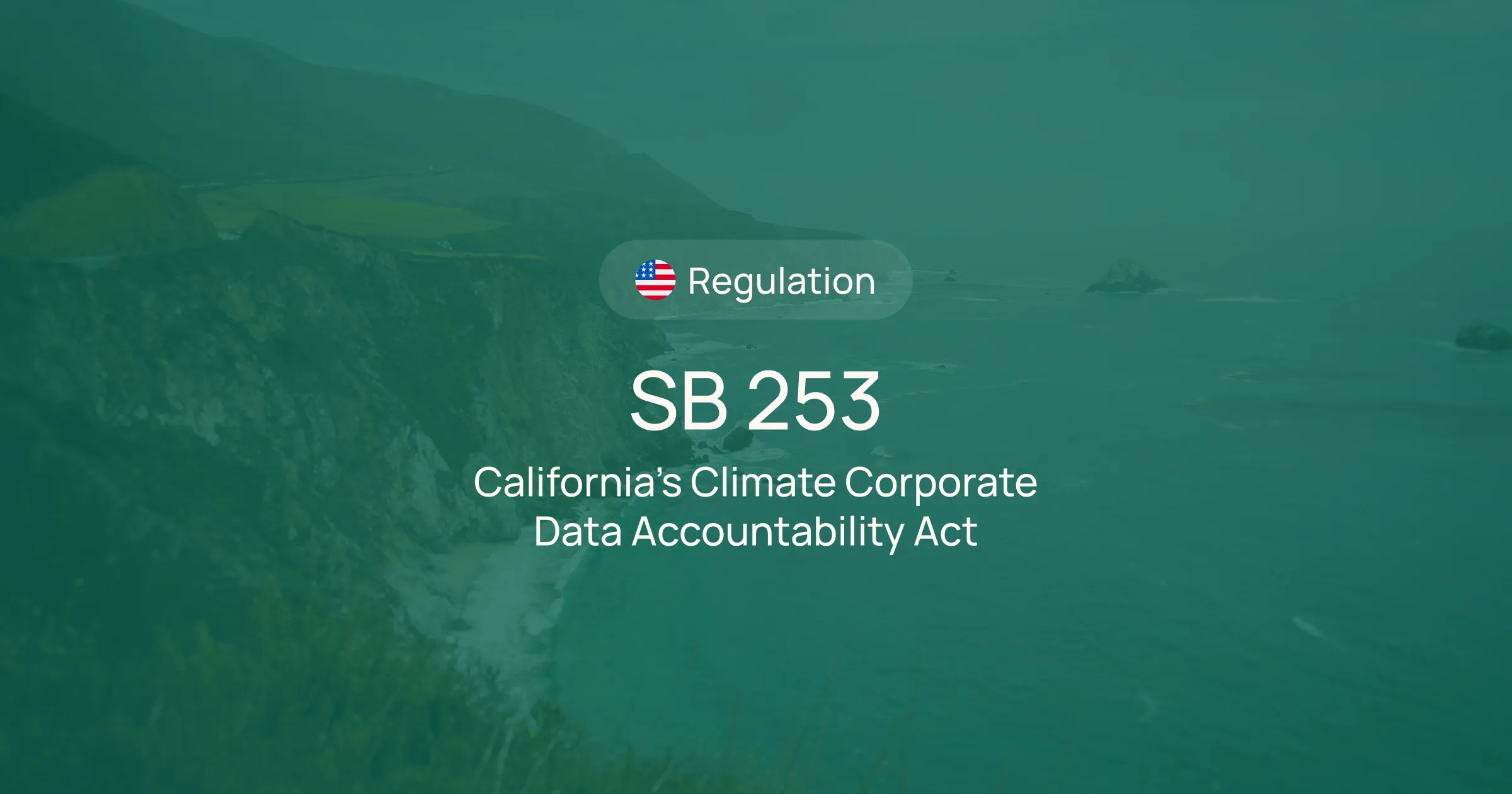The term CO₂ equivalent (CO₂e) is a key concept in the field of carbon management and sustainability. It is a standard unit for measuring carbon footprints, and it helps us to understand the impact of different greenhouse gases in terms of the amount of CO₂ that would create the same amount of warming. This article will delve into the intricacies of CO₂e, its importance, how it is calculated, and its role in carbon management.
Understanding CO₂e is crucial for anyone involved in sustainability or carbon management. It provides a common language for discussing and comparing the impacts of different greenhouse gases and is used in everything from international climate agreements to corporate sustainability reports. By the end of this article, you will have a thorough understanding of what CO₂e is and why it matters.
Definition of CO₂ Equivalent (CO₂e)
The CO₂ equivalent (CO₂e) is a metric measure used to compare the emissions from various greenhouse gases based on their global warming potential (GWP). GWP is a measure of how much heat a greenhouse gas traps in the atmosphere up to a specific time horizon relative to carbon dioxide. It is a way of normalizing the fact that different GHGs have different physical properties.
CO₂e is expressed as a function of the amount of a gas, its GWP, and the time period considered. It allows for a common basis for comparing the potential future impact on global warming of emissions of different gases.
Global Warming Potential (GWP)
Global Warming Potential (GWP) is a measure of how much energy the emissions of 1 ton of a gas will absorb over a given period of time relative to the emissions of 1 ton of carbon dioxide. The larger the GWP, the more that a given gas warms the Earth compared to CO₂ over that time period.
The time period usually used for GWPs is 100 years. GWPs provide a common unit of measure, which allows analysts to add up emissions estimates of different gases (e.g., to compile a national greenhouse gas inventory), and compare the future impacts of emissions of different gases.
How CO₂e is Calculated
CO₂e is calculated by multiplying the emissions of each of the six greenhouse gases by its 100 year GWP. CO₂e = Σ (mass of each gas * GWP of each gas).
This calculation allows for a common basis for comparing the potential future impact on global warming of emissions of different gases. It also allows for the total greenhouse gas emissions of a country or region to be expressed as a single number.
Importance of CO₂ Equivalent (CO₂e)
The concept of CO₂e is important because it allows us to understand and compare the climate impacts of different gases in a standardized way. Without CO₂e, it would be difficult to make meaningful comparisons between the impacts of different gases or to aggregate emissions data from different sources.
CO₂e is also important because it helps us to understand the scale of the challenge we face in reducing greenhouse gas emissions. By converting all emissions to a common unit, we can see the total volume of greenhouse gases that we need to eliminate in order to prevent dangerous levels of global warming.
Role in Climate Change Mitigation
CO₂e plays a crucial role in climate change mitigation. It is used to measure and compare the emissions of different countries, sectors, and activities and to track progress towards emissions reduction targets.
CO₂e is also used in the design and evaluation of climate policies. For example, carbon pricing policies typically use CO₂e as the basis for setting the price of emissions.
Role in Corporate Sustainability
In the corporate world, CO₂e is used to measure and report on greenhouse gas emissions. Companies use CO₂e to calculate their carbon footprint, set emissions reduction targets, and track their progress over time.
CO₂e is also used in corporate sustainability reporting. Many companies report their greenhouse gas emissions in terms of CO₂e in their annual sustainability reports, and these reports are often used by investors, customers, and other stakeholders to assess the company's environmental performance.
Limitations of CO₂ Equivalent (CO₂e)
While CO₂e is a useful tool for comparing and aggregating greenhouse gas emissions, it is not without its limitations. One of the main criticisms of CO₂e is that it oversimplifies the complex impacts of different greenhouse gases.
Time Horizon
The choice of time horizon can have a significant impact on the calculated CO₂e of a gas. For example, methane has a GWP of 28-36 over 100 years, but this increases to 84-87 over 20 years because of its shorter atmospheric lifetime.
This means that the choice of time horizon can significantly affect the perceived importance of different gases and, therefore, the priorities for emissions reduction.
Non-CO₂ Gases
Another limitation of CO₂e is that it does not capture the full range of impacts of non-CO₂ gases. For example, some gases can have additional effects, such as ozone depletion or impact on air quality, which are not captured by the CO₂e metric.
Furthermore, some gases can have indirect effects on the climate system, such as changes in albedo or cloud formation, which are also not captured by the CO₂e metric.
Summary
In conclusion, CO₂e is a key concept in carbon management and sustainability. It provides a common language for discussing and comparing the impacts of different greenhouse gases, and it is used in everything from international climate agreements to corporate sustainability reports.
While it has its limitations, CO₂e is a crucial tool for understanding and addressing the challenge of climate change. Providing a common unit for measuring and comparing greenhouse gas emissions helps us understand the scale of the challenge we face and track our progress toward reducing emissions.
Understanding the impact of your company's activities on the climate is just the beginning. Take the next step in carbon management with Arbor's intuitive platform. Whether you're facing regulatory pressures, seeking to optimize your time and budget, or in need of reliable data for informed decisions, Arbor is your solution. Our Carbon Management Platform offers precise material-level calculations, GRI-certified reporting, and actionable insights tailored to your region and products. Embrace a future where sustainability is not just a metric but a competitive advantage.
Request a demo today and become an environmental champion in your organization.
Measure your carbon emissions with Arbor
Simple, easy carbon accounting.

FAQ
What is the standard unit for measuring CO2e and how is it used in the voluntary carbon market?
CO2e, or carbon dioxide equivalent, is the standard measurement unit used to represent the global warming potential of greenhouse gases, and it is quantified in terms of mass. The common units used are either kilograms or tonnes, depending on the scale of emissions being measured.
In terms of its application in the voluntary carbon market, CO2e is instrumental in the creation and trading of carbon credits. These credits, known in this arena as Verified Emission Reductions (VERs), are crucial for quantifying the environmental benefits of various climate action projects. Each VER equates to the reduction or sequestration of one tonne of CO2 or an equivalent amount of other greenhouse gases. These credits can be bought, sold, or held in reserve (retired) by businesses and individuals aiming to offset their carbon footprints.
What are carbon credits and how are they related to CO2e?
Carbon credits are an essential tool used in the effort to mitigate climate change impacts by quantifying the reduction of greenhouse gas emissions. These credits are a part of carbon trading programs, where they play a pivotal role in the worldwide carbon market.
What is a Carbon Credit?
Simply put, a carbon credit is a permit or certificate that allows the holder to emit a certain amount of carbon dioxide or its equivalent gases. Typically, one carbon credit represents the right to emit one metric ton of carbon dioxide or the mass of another greenhouse gas equivalent to that of one metric ton of CO2.
Linking Carbon Credits to CO2e
CO2e, or carbon dioxide equivalent, is a standard unit for measuring carbon footprints. This metric helps in quantifying different greenhouse gases on a common scale according to their global warming potential. Carbon credits are often denominated in terms of CO2e to streamline the trading process. This uniformity allows for the easier aggregation and comparison of different types of gases, making the carbon credits a versatile tool in environmental strategies.
By participating in carbon credit trading—buying, selling, or trading these credits—organizations and individuals can finance carbon reduction schemes or offset their own carbon emissions, effectively supporting environmental projects aimed at reducing the amount of greenhouse gases in the atmosphere.
How are CO2e measured and expressed in terms of mass?
Carbon dioxide equivalents (CO2e) provide a standard for quantifying the impact of different greenhouse gases (GHGs) on the environment. To compute CO2e, the mass of each GHG is multiplied by its Global Warming Potential (GWP). This calculation translates various emissions into the equivalent amount of carbon dioxide that would have the same atmospheric effect.
CO2e simplifies comparisons and discussions around emissions by consolidating them into a single metric based on mass. For practical application, whether in scientific assessment or policy formulation, CO2e is typically denoted in kilograms for smaller scales and in tonnes for larger, industrial scales. This standardization aids in effectively communicating and strategizing climate action across different sectors and scales.
What is the difference between CO2 and CO2e in discussions about emissions reduction?
In the realm of emissions reduction, it's crucial to differentiate between CO2 and CO2e. Carbon dioxide, or CO2, is the primary greenhouse gas emitted through various human activities, most notably from processes such as fossil fuel combustion and deforestation. It is responsible for the majority of the warming influence attributable to emissions.
In contrast, CO2e (carbon dioxide equivalent) is a broader term used to describe different greenhouse gases in a unified metric. This measurement includes gases like methane and nitrous oxide, which have a higher global warming potential than CO2. The CO2e metric is essential as it provides a way to measure the combined effect of all emissions on global warming, using carbon dioxide as the standard unit. This helps in formulating and implementing more comprehensive environmental policies and regulations to combat climate change.
Why is it important to convert different emissions to the equivalent amount of carbon dioxide (CO2)?
CO₂e is important because it allows us to understand and compare the climate impacts of different gases in a standardized way. By defining Carbon dioxide equivalents (CO2e) as a measure, we can evaluate the various effects that different greenhouse gases (GHGs) have on the climate by converting their emissions into the equivalent amount of carbon dioxide (CO2).
This conversion is crucial as it enables scientists, policymakers, and the public to compare these impacts on an equal footing. Without CO₂e, it would be difficult to make meaningful comparisons between the impacts of different gases or to aggregate emissions data from different sources. By utilizing CO2e, we simplify complex climate data into a universally understandable format, thus facilitating more informed decision-making in environmental strategies and policies.


.avif)
.webp)
%20Directive.webp)


.webp)











%20Arbor.avif)





%20Arbor.avif)


.avif)






%20Arbor%20Canada.avif)

.avif)
%20Arbor.avif)
.avif)






_.avif)
.avif)
%20Arbor.avif)




%20Software%20and%20Tools.avif)





.avif)
.avif)




%20EU%20Regulation.avif)












.avif)


%20Arbor.avif)









_%20_%20Carbon%20101.avif)







.avif)

.avif)









